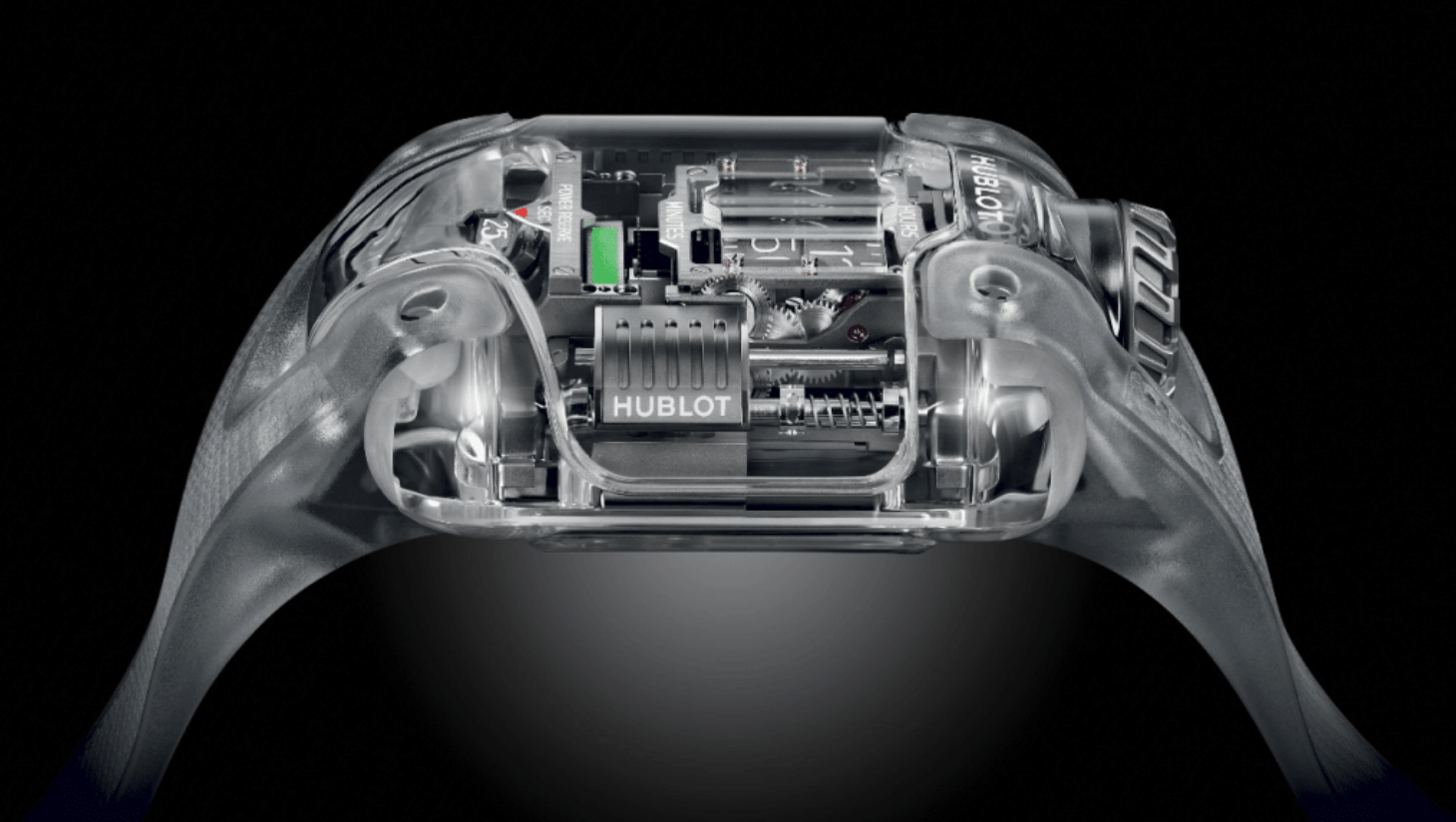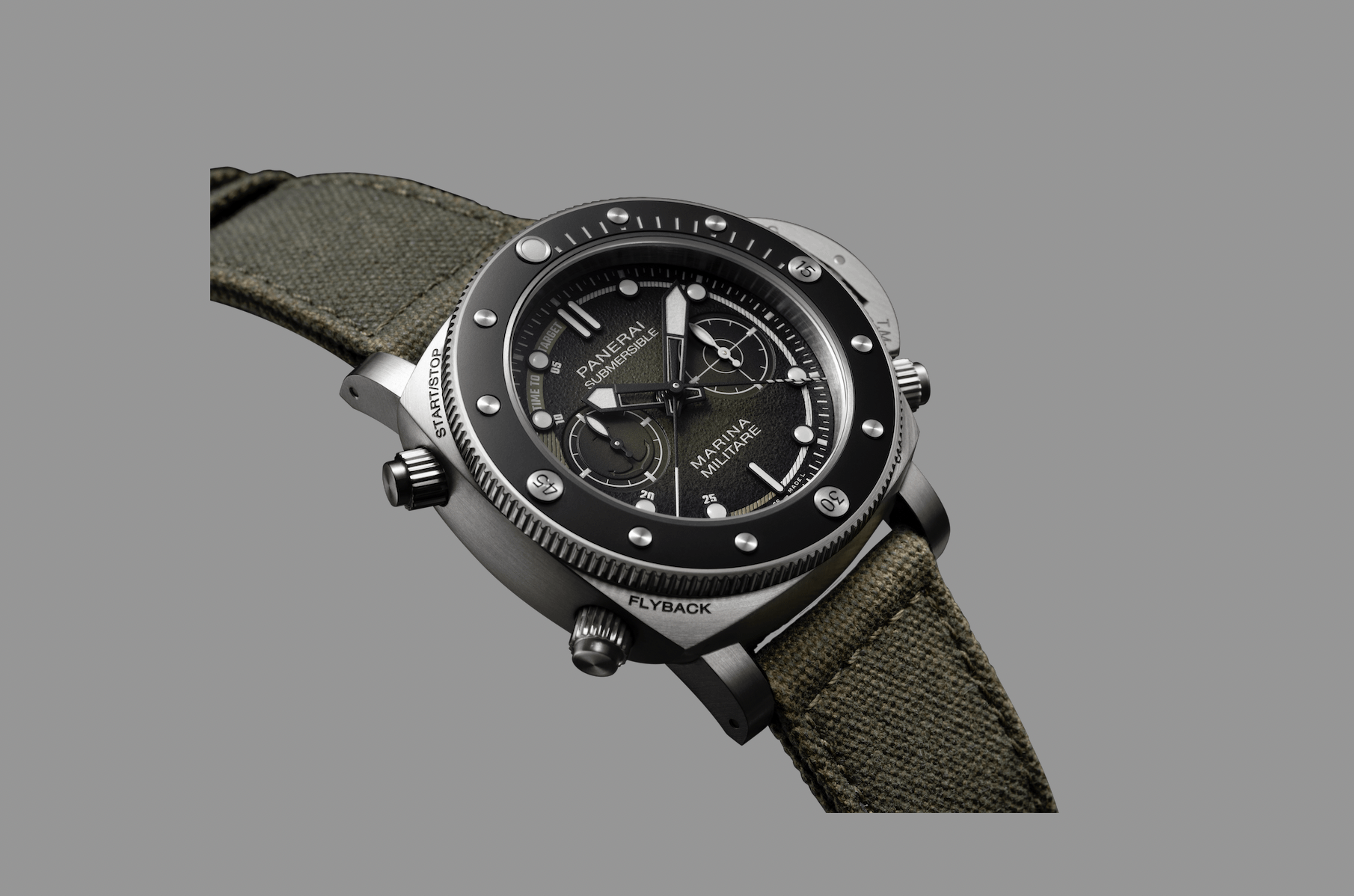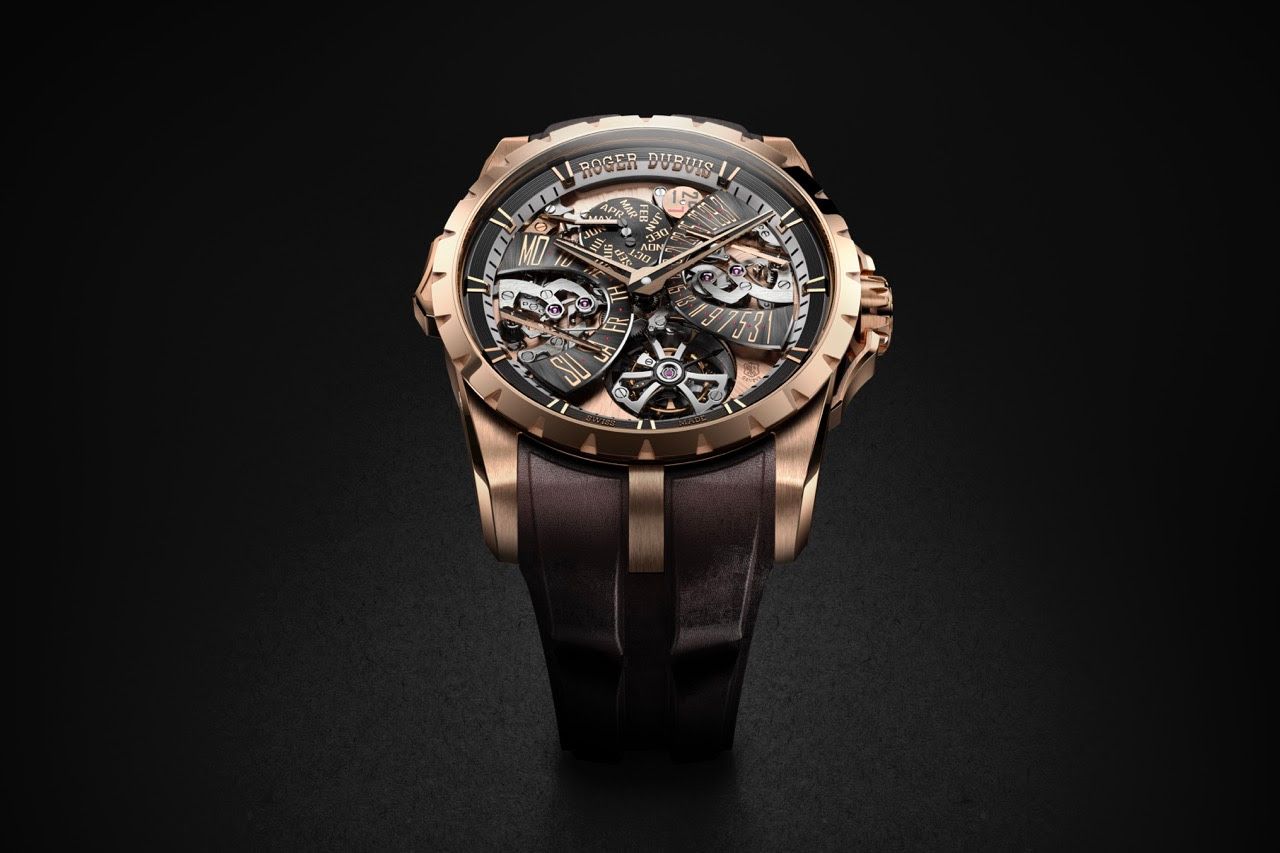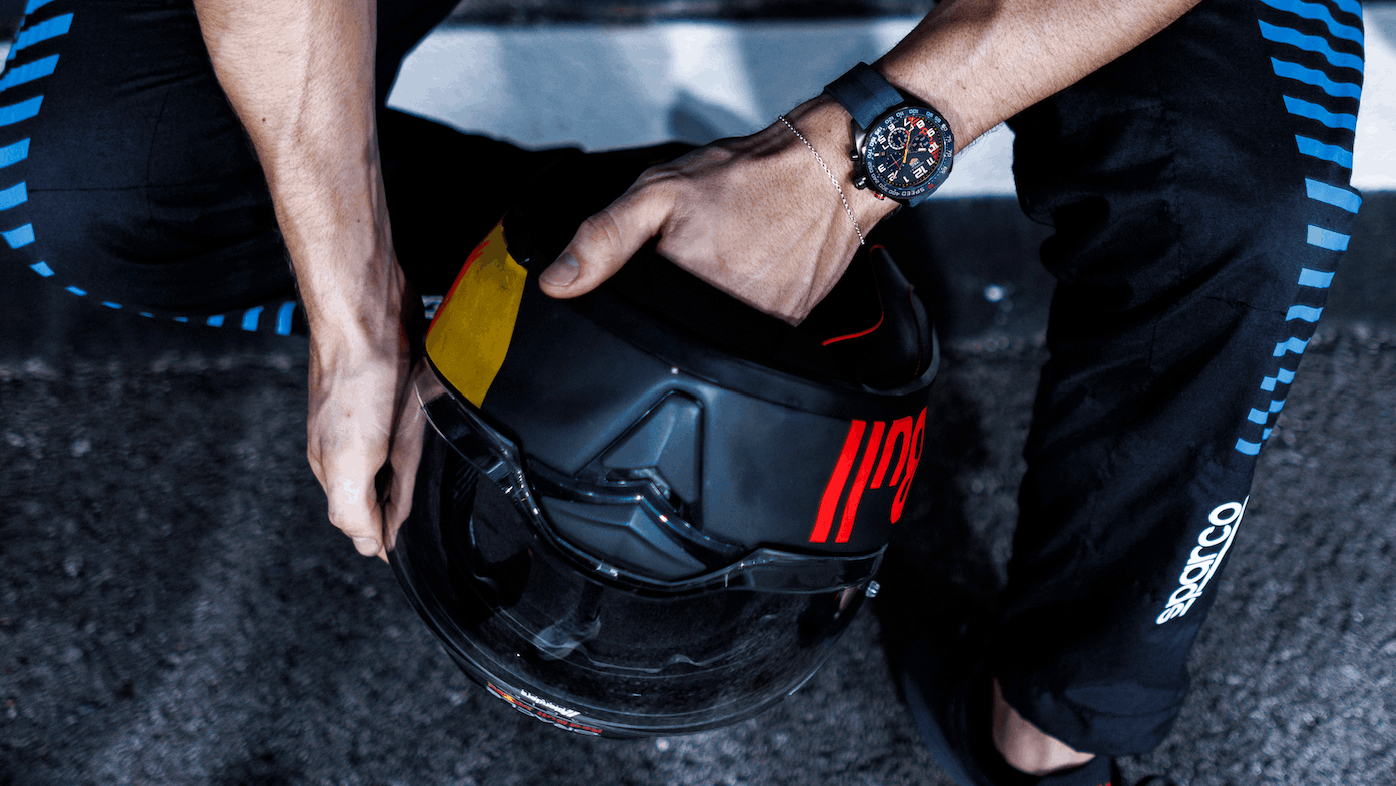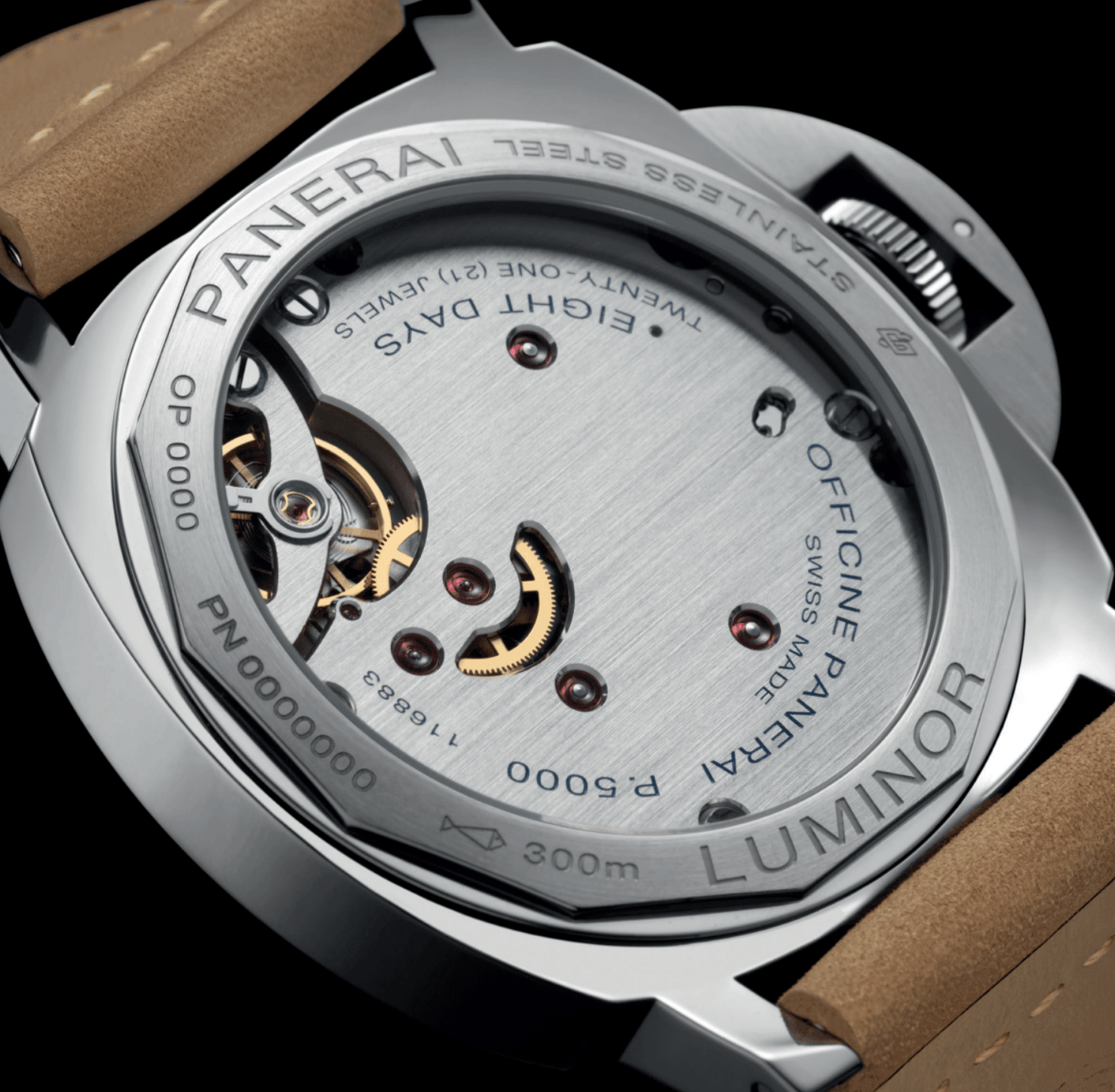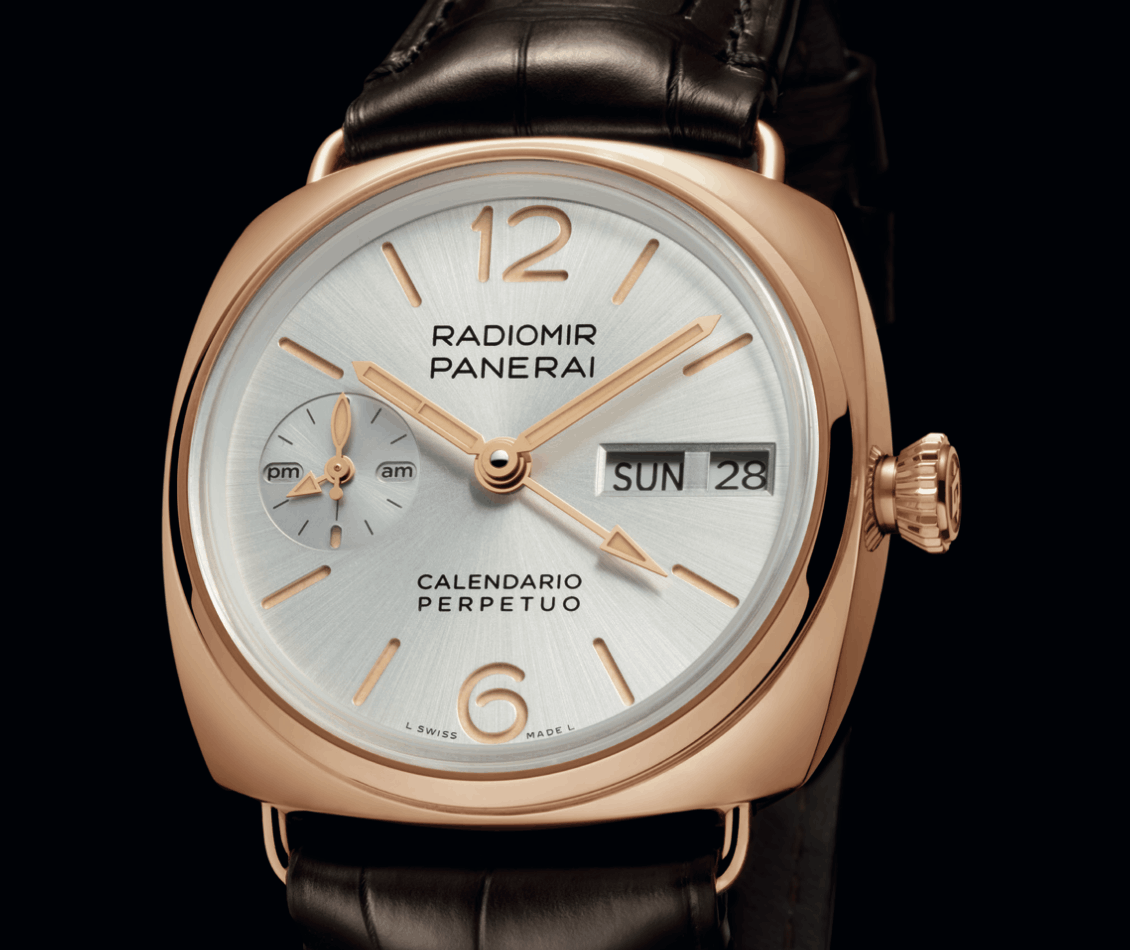ROYAL OAK 50 YEARS OF INNOVATION

the Royal Oak designed by Gérald Genta created a stir with its large body of hand-finished stainless steel, its octagonal bezel secured with visible hexagonal screws, its highly stylised integrated steel bracelet and its extra-thin selfwinding mechanism. Inspired by the cultural and industrial revolution of the 1970s and launched in the early years of the quartz crisis, this watch combining sportiness with ancestral know-how heralded the beginning of a new fine watchmaking era in tune with changing lifestyles.
Over the years, the Royal Oak gave rise to a full-fledged collection with new sizes, materials, styles and movements. 50 years on, over 500 Royal Oak models have been created, turning this iconoclast into a cultural icon within and beyond watchmaking. Let’s look back at some of its highlights.
In 1970, three of Audemars Piguet’s distribution agents perceived clients’ new sensibilities and challenged the brand to respond. Georges Golay, Audemars Piguet’s then Managing Director, gave this challenging task to Gérald Genta, a trained jeweller and experienced watch designer, with the brief to design a sports watch in stainless steel never seen before. Genta drew the Royal Oak sketch in one night, taking inspiration from diverse sources beyond the diving helmet he remembered from his childhood. While Genta’s creation continued in the footsteps of Audemars Piguet’s unconventional wristwatch designs debuted in the 1930s, it also resonated with the cultural groundswell sweeping the worlds of contemporary art, design, architecture and music in the 1960s and 1970s.
An extraordinary collaborative process with the industry’s best watchmakers and artisans followed: Stern Frères worked on the guilloché Petite Tapisserie dial, Favre & Perret on the steel case and Gay Frères on the integrated steel bracelet. The watch was so complex to craft in hard steel that the first prototype was made in white gold, a softer material. The integrated bracelet alone comprised 154 components, including 20 tapering links, making it one of the most intricate steel bracelets in watchmaking history. In addition, the alternation of satin-brushed and polished surfaces adorning the steel case and bracelet was so elaborate that the final finishing touch was done in Audemars Piguet’s workshops.
In April 1972, the most expensive steel watch on the market was presented at the Basel Fair where it caused a sensation, stirring a range of strong reactions including criticism. Between sceptical clients and the difficulty of manufacturing and delivering the watch’s first examples, the early days were tough. Nonetheless, sales reached 490 units as early as 1972 – a record for Audemars Piguet that marked the beginning of a steady commercial success.
For four years, Audemars Piguet cautiously produced this single reference only – the now famous 5402. It was not until 1976 that the first women’s Royal Oak in 29 mm (Model 8638) designed by Jacqueline Dimier was launched. As early as 1977, these two models were both reinterpreted in yellow gold, white gold and a two-tone combination of steel and yellow gold, giving rise to a collection. The brand also added a 35 mm intermediate size, Model 4100, which asserted itself as the new benchmark for men’s watches. No longer an outlier, the Royal Oak had a promising future waiting ahead.
The Royal Oak revealed an adaptability in the 1980s that was as unexpected as it was extraordinary. Moving further away from Model 5402, Audemars Piguet explored new aesthetic possibilities for the Royal Oak with new sizes and materials. White gold, yellow gold and two-tone models (yellow gold and steel) were soon complemented with versions in platinum and pink gold. These precious timepieces were often accompanied by a gemset dial or bezel.
Diversifying the collection also meant exploring new possibilities in terms of movement. In tune with its time, the Royal Oak witnessed the introduction of quartz mechanisms in 1980. While originally reluctant to use this technology in the Royal Oak collection, Audemars Piguet gave way to the market’s demand after testing this technology on a closely related line – the so-called “Quartz” (Model 6005) debuted in 1978 – whose transgressive character lent itself well to this disruptive technology. Although this watch borrowed some aesthetic elements from the Royal Oak, including the geometric case and the integrated bracelet both finished with satin-finishing and polished chamfers, its bezel was neither octagonal nor punctuated by eight hexagonal screws. In ten years, at least 59 Royal Oak models were created, equipped with six different quartz movements and ranging from 26 to 36 mm in diameter.
While the brand experimented with quartz technology, it also played a crucial role in the revival of classic complications. In 1983, the Manufacture released its first day date Royal Oak model (5572) presented in a 36 mm case available in four variations: steel, yellow gold, white gold, as well as a two-tone combination marrying steel with yellow gold. This watch with multiple calendar functions was followed in 1984 by Model 5554, the first Royal Oak equipped with the world’s thinnest selfwinding perpetual calendar movement with central rotor of its time, Calibre 2120/2800, which the Manufacture had revealed in 1978 in Model 5548. In 1986, Audemars Piguet expanded its offering with a Royal Oak Perpetual Calendar Openworked version (Model 25636). This 18-carat yellow gold timepiece introduced the first Royal Oak openworked design, as well as the collection’s first sapphire caseback to give centre stage to the record-breaking mechanism it contained. Appealing to lovers of fine watchmaking tradition, these early Royal Oak Perpetual Calendar models ushered in a new era of reinvention for the Royal Oak.
The proliferation of Royal Oak styles, diameters and movements continued well into the 1990s, reaching new technical and design milestones as the decade unfolded.
On the occasion of its 20th anniversary, the Royal Oak took more radical turns, announcing the rest of the decade. 1992 not only saw the first limited edition (Model 14802) paying tribute to the so-called 39 mm “Jumbo” Royal Oak from 1972, this time fitted with a sapphire caseback. It also witnessed the first Royal Oak on leather strap – a controversial 36 mm timepiece (Model 14800) developed extra-muros by independent Swiss designer Jörg Hysek. Its case middle was hollowed out in the centre so as to attach the strap by means of mobile pivot bars. Interpreted in nearly 20 material and dial variants, this atypical Royal Oak took even greater liberties in the years that followed.
The Royal Oak reached another extreme in 1993 with the launch of the Royal Oak Offshore – the embodiment par excellence of the extreme lifestyles taking precedence in the 1990s. Imagined by Emmanuel Gueit, this sturdy and muscular reinterpretation of the Royal Oak in a dramatic 42 mm case size quickly appealed to a younger generation which saw in the “Beast” an ideal accessory for an adventurous lifestyle. This new take on the Royal Oak quickly followed its own path and gave rise to a collection unto its own.
While the Royal Oak expressed its masculine side more freely in the 1990s with an array of more extreme designs, women’s models equally bloomed with creativity. The first openworked women’s models made their debut in the early 1990s with the historic ultra-thin Calibre 2003SQ, measuring just 1.64 mm in thickness. Gemset models similarly gained ground, culminating in 1998 with the Royal Oak High Jewellery Openworked timepiece (Model 15073). The 18-carat white gold case, bracelet and hands of this 30 mm model were entirely paved with 446 brilliant-cut diamonds whereas the hour-markers were made of emeralds (~4.64 carats). Blending Haute Joaillerie and Haute Horlogerie traditions with contemporary design, this model ushered in a new wave of high jewellery timepieces in the early 2000s. The women’s Royal Oak reached another extreme in 1997 with the Royal Oak Mini (Model 67075), the smallest Royal Oak ever made. This quartz-driven yellow gold timepiece measured a mere 20 mm in diameter to sit comfortably on the slenderest wrists.
In addition, the 1990s consolidated the establishment of complications within the collection. In 1997, the Royal Oak Tourbillon saw the light of day on the occasion of the watch’s 25th anniversary in a limited edition of 25 pieces in steel. Pink gold, platinum and yellow gold variations were also issued in limited editions of five watches each. Fitted in a 40 mm case, Model 25831 was equipped with Audemars Piguet’s second generation tourbillon movement, Calibre 2875, slightly visible through the stylised octagonal tourbillon cage at 6 o’clock. In addition, in a nod to Audemars Piguet’s pioneering selfwinding tourbillon wristwatch released in 1986, this model featured the winding system on the caseback. The Manufacture also launched its first Royal Oak Chronograph (Model 25860, 39 mm) in 1997, as well as the very first Royal Oak Grande Complication featuring a minute repeater, a perpetual calendar and a split-seconds chronograph. This movement of 648 components was fitted in a massive 44 mm white gold case which provided a stark contrast with the Royal Oak Mini unveiled the same year.
From 1972 to 1999, Audemars Piguet created some 300 Royal Oak models, almost 200 of which were produced during the highly creative 1990s.
















